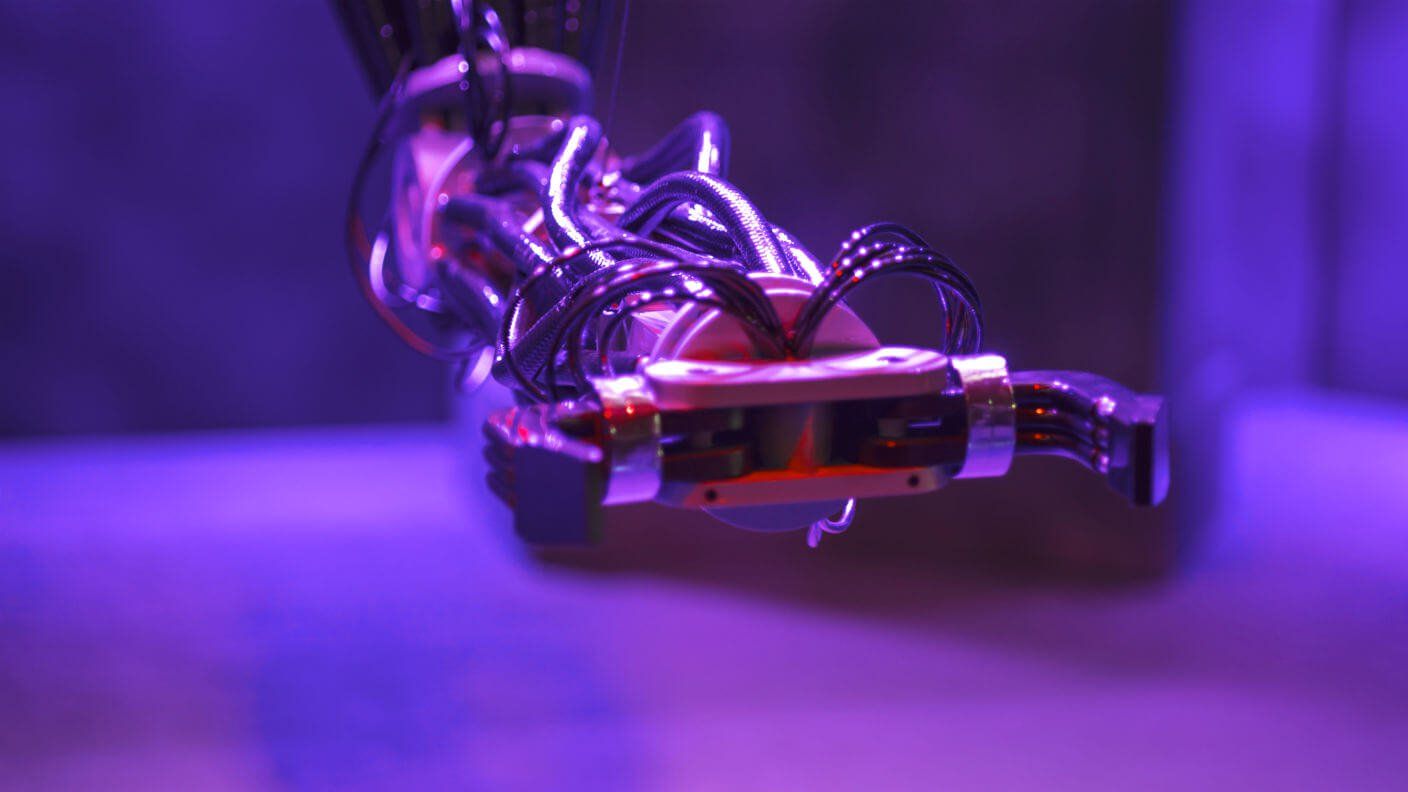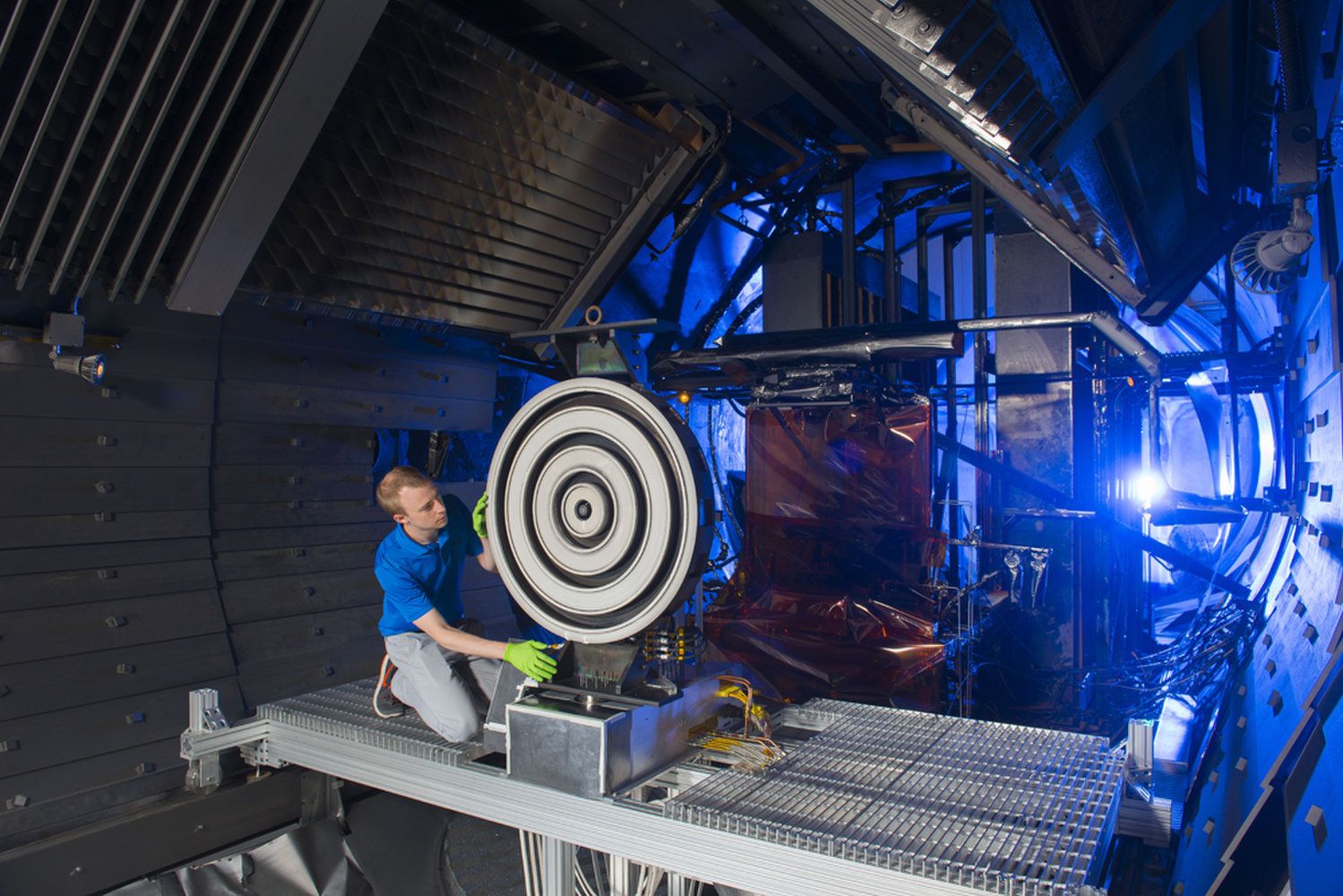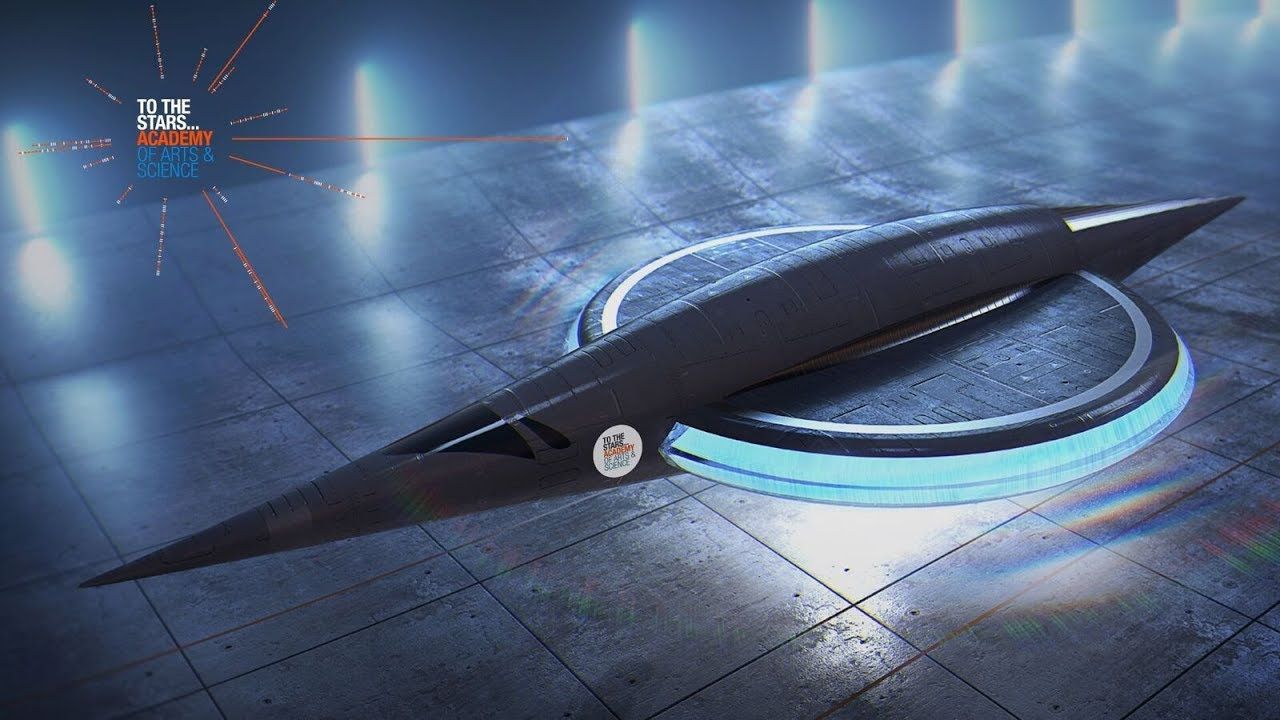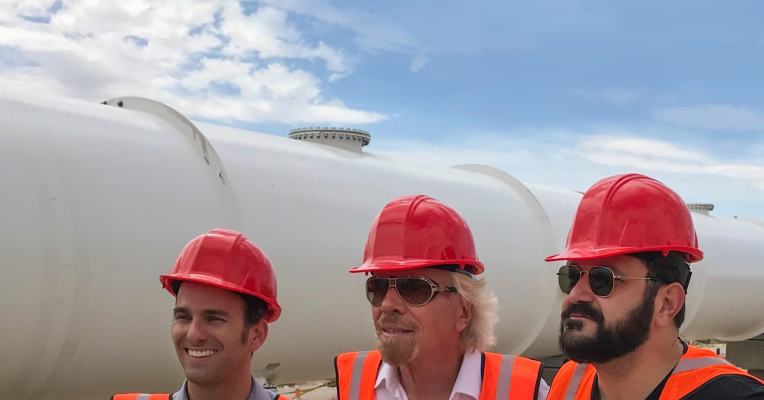Oct 29, 2017
Amazon Is Quietly Building the Robots of Sci-Fi—Piece
Posted by Klaus Baldauf in categories: engineering, robotics/AI
Science fiction is the siren song of hard science. How many innocent young students have been lured into complex, abstract science, technology, engineering, or mathematics because of a reckless and irresponsible exposure to Arthur Clarke at a tender age? Yet Arthur Clarke has a very famous quote: “Any sufficiently advanced technology is indistinguishable from magic.”
It’s the prospect of making that… ahem… magic leap that entices so many people into STEM in the first place. A magic leap that would change the world. How about, for example, having humanoid robots? They could match us in dexterity and speed, perceive the world around them as we do, and be programmed to do, well, more or less anything we can do.
Such a technology would change the world forever.
Continue reading “Amazon Is Quietly Building the Robots of Sci-Fi—Piece” »


















